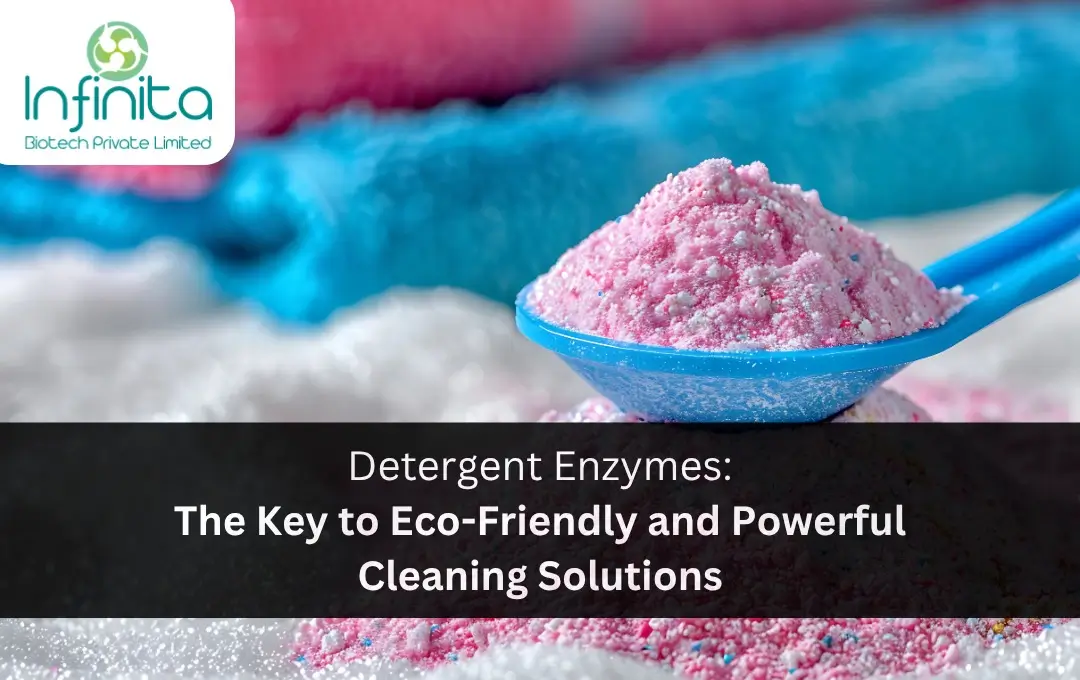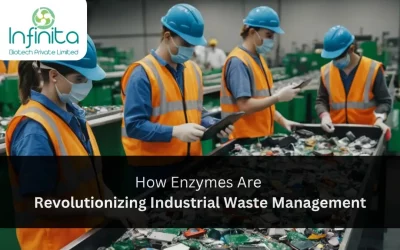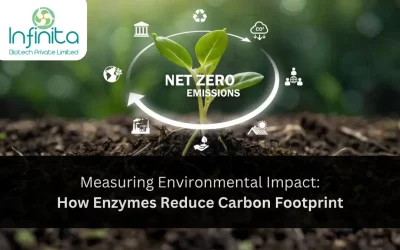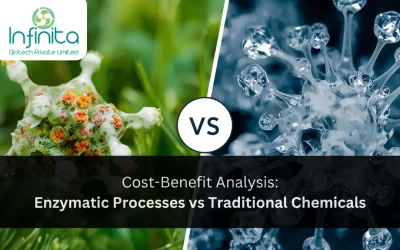In today’s sustainability-driven world, consumers demand cleaning products that are both effective and environmentally responsible. Traditional chemical-based detergents, though powerful, often leave behind residues, pollute water systems, and require high-temperature washes. Enter detergent enzymes — natural catalysts that offer deep cleaning power without compromising eco-friendliness. They are revolutionizing the cleaning industry with their ability to break down stains efficiently at lower temperatures and with reduced environmental impact.
What Are Detergent Enzymes?
Detergent enzymes are biological molecules, typically proteins, that accelerate the breakdown of stains and organic matter during washing. Unlike harsh chemicals that indiscriminately attack all materials, enzymes are highly specific and work only on targeted substances such as proteins, fats, or starches.
These enzymes function optimally in mild conditions, enabling detergents to work efficiently even in cold or lukewarm water. This results in energy savings, fabric care, and a reduced carbon footprint — making enzyme-based detergents a staple in modern, sustainable cleaning.
Types of Detergent Enzymes
Different stains require different enzymes. The most common detergent enzymes used in formulations include:
1. Proteases
Break down protein-based stains like blood, sweat, eggs, and grass. These enzymes are highly effective in both laundry and dishwashing products.
2. Amylases
Target starch-based stains from foods like pasta, rice, and sauces. Amylases convert starch into soluble sugars, making them easier to rinse away.
3. Lipases
Dissolve fat and oil stains, including greasy food, butter, and cosmetics. Lipases are essential in removing oily residues, especially in cooler washes.
4. Cellulases
Improve fabric care by removing microfibrils from cotton, which helps maintain color and softness while reducing pilling.
5. Mannanases & Pectinases
Target complex polysaccharide stains such as those from chocolate milk, ice cream, and fruit-based products. These are common in advanced detergent formulations.
How Detergent Enzymes Improve Cleaning Performance
The inclusion of detergent enzymes in cleaning formulations significantly enhances their performance:
- Deep stain removal: Enzymes break down stains at the molecular level, improving stain removal with minimal mechanical action.
- Cold-water efficiency: Enzymes remain active at lower temperatures, allowing energy savings without compromising cleanliness.
- Fabric protection: Less harsh on fibers compared to traditional chemicals, enzymes help extend garment life.
- Reduced need for phosphates and surfactants: Enzymes lower the chemical load in detergents, making them safer for both skin and the environment.
Environmental Benefits of Detergent Enzymes
One of the strongest arguments for using detergent enzymes lies in their environmental profile. These biodegradable proteins support green chemistry goals by enabling:
- Lower water pollution: Reduced chemical runoff into water systems.
- Energy savings: Effective in cold and short wash cycles, leading to lower electricity usage.
- Biodegradability: Enzymes break down naturally, leaving minimal environmental footprint.
- Lower carbon emissions: Shorter production cycles and efficient logistics due to concentrated formulas.
For manufacturers focused on developing eco-conscious products, enzyme-based detergents offer a future-ready solution aligned with consumer preferences and regulatory expectations.
Applications Across Cleaning Categories
Detergent enzymes are used in a wide range of cleaning products:
- Laundry detergents: For removing tough food, sweat, and body fluid stains.
- Dishwashing products: To tackle dried-on food residues.
- Surface and floor cleaners: For removing organic dirt with minimal effort.
- Industrial and institutional cleaning: For energy-efficient, high-performance cleaning in healthcare, hospitality, and food processing.
Conclusion
The demand for sustainable, high-performance cleaning solutions is growing — and detergent enzymes are leading the charge. By combining powerful stain-fighting action with eco-friendly characteristics, these natural catalysts are reshaping the future of detergents. They not only deliver superior cleaning performance but also support energy conservation, fabric longevity, and reduced environmental impact.
For companies and consumers alike, switching to enzyme-based detergents is no longer just an option — it’s a step toward smarter, cleaner living.







